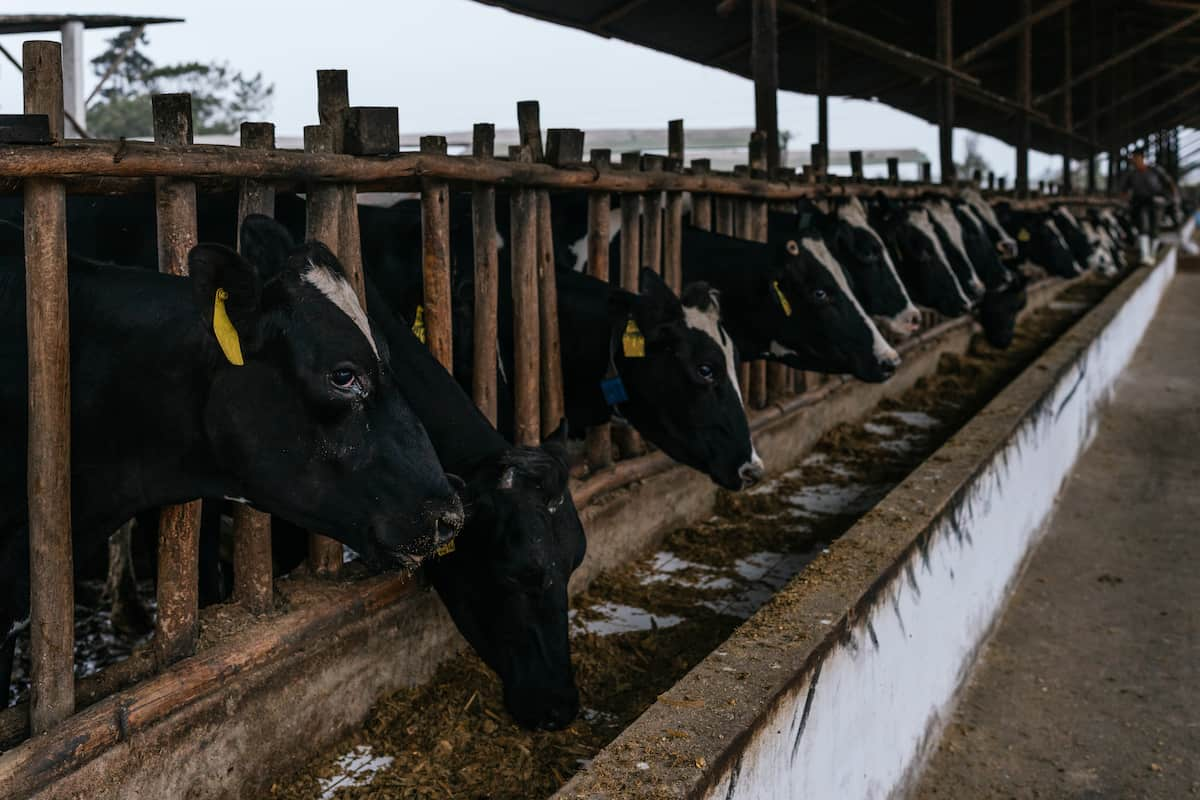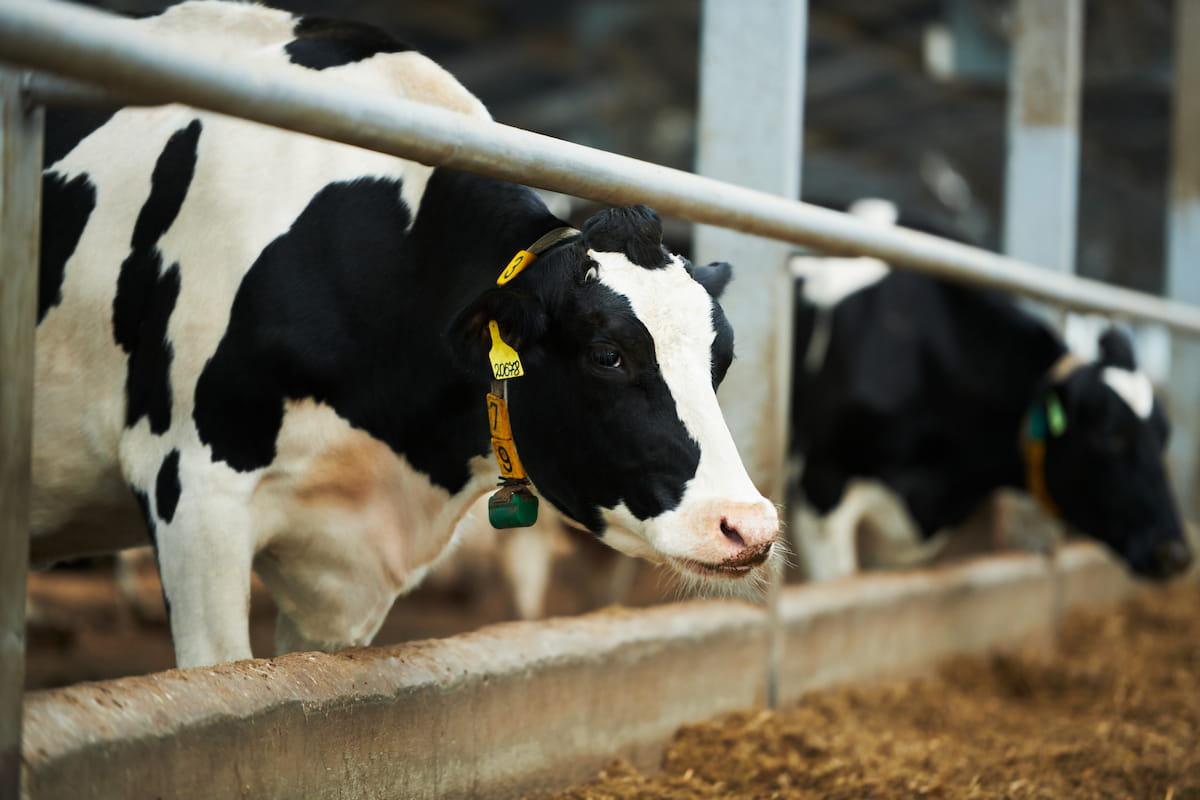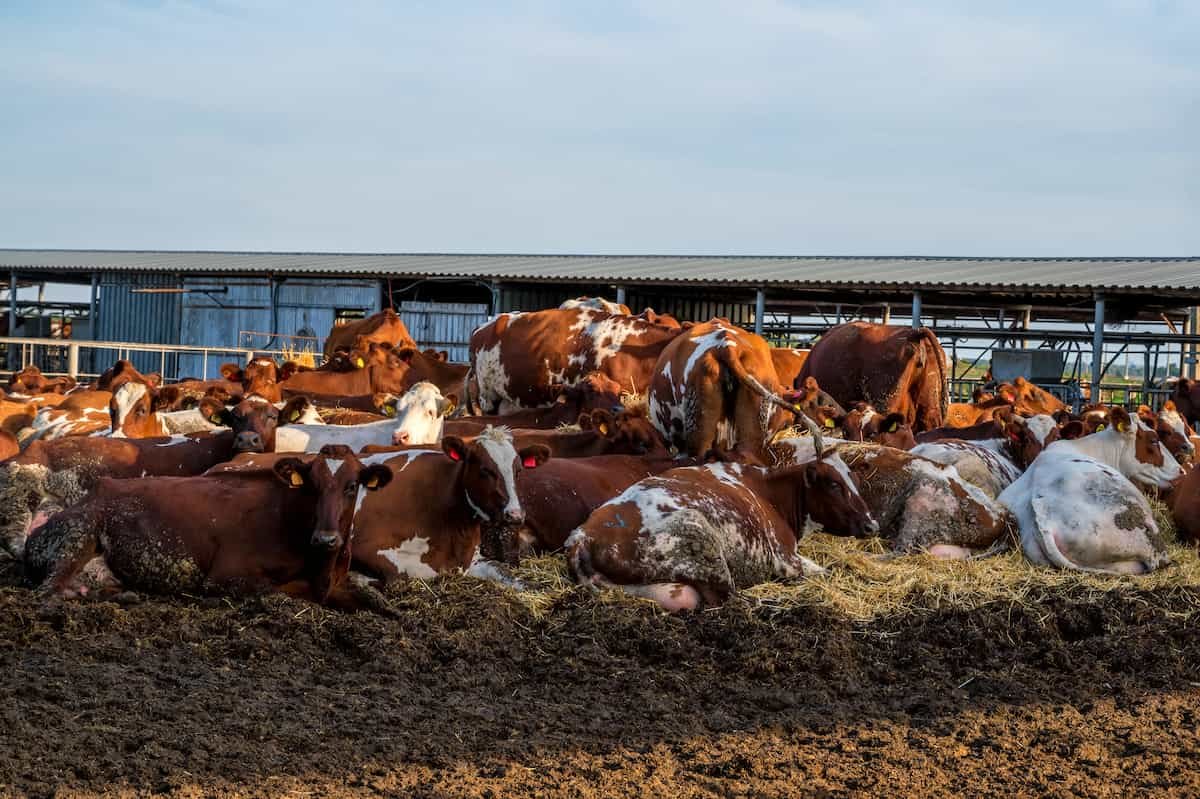Cattle farming in the Philippines has been essential to the country’s agricultural industry for centuries. The sector contributes significantly to the nation’s food security, livelihood, and rural development. Below we learn about cattle farming business plan in the Philippines, the profitability of cattle farming in the Philippines, how to start cattle farming in the Philippines, and about different breeds and challenges faced in the Philippines.

Cattle Farming in the Philippines
Historical Background of Cattle Farming in the Philippines
Cattle were first introduced to the Philippines by the Spanish colonizers in the 16th century. Native breeds, such as the Philippine Native Cattle, were crossed with Spanish cattle breeds like the Andalusian and the Retinta. Over time, the cattle industry in the Philippines evolved to adapt to local conditions and serve the growing population’s needs.
Breeds of Cattle in the Philippines
- Native cattle (Bos taurus) are small-sized, hardy, and well-adapted to local conditions. They are primarily used for draught purposes, meat, and as a source of income for smallholder farmers.
- Dairy cattle (Bos taurus) are bred for milk production and include breeds such as Holstein, Jersey, and Sahiwal. The Philippine Carabao Center has also developed a crossbreed called the Philippine Dairy Buffalo, a cross between Murrah Buffalo and the Philippine Native Buffalo.
- Beef cattle (Bos indicus and Bos taurus) are bred for meat production and include breeds like Angus, Hereford, and Brahman. Crossbreeding with native cattle has produced hybrids like the Philippine Native x Brahman, which are well-adapted to local conditions and have good meat quality.
Cattle Management Practices
- Feeding and nutrition – The primary feed source for cattle in the Philippines is pasture grasses and forages. During the dry season, when pasture is scarce, farmers supplement their animals’ diets with rice straw, corn stover, and agricultural by-products. Concentrates such as corn, rice bran, and copra meal may also be fed to improve the animals’ nutritional intake.
- Breeding and reproduction – Artificial insemination (AI) and natural mating are the two primary methods of breeding cattle in the Philippines. AI is more prevalent in dairy cattle operations, while natural mating is more common in small-scale beef and native cattle farms.
- Health management – Vaccination, deworming, and tick control are essential to cattle health management in the Philippines. Farmers must also ensure proper sanitation and clean water sources to prevent the spread of diseases.
- Housing and infrastructure – Cattle housing in the Philippines varies depending on the scale and purpose of the farm. Small-scale operations often use simple, open-sided sheds, while larger-scale farms may have more sophisticated facilities with concrete flooring and proper drainage.
Challenges Faced by Cattle Farmers in the Philippines
- Limited access to quality breeding stock – The lack of quality breeding stock has resulted in the slow genetic improvement of cattle in the Philippines.
- Poor nutrition and feed management – Limited access to quality feeds and poor feeding practices can lead to poor animal health, reduced growth rates, and decreased productivity.
- Inadequate veterinary services – Many rural areas in the Philippines need more access to veterinary services, which can lead to disease outbreaks and reduced herd productivity.
- Climate change – The Philippines is prone to natural disasters like typhoons, droughts, and floods, which can devastate cattle farms and disrupt the supply chain.
In case you missed it: How to Start Dairy Cow Farming in 10 Steps: Business Plan, Management, and Care

Potential for Growth and Sustainability in the Cattle Farming Industry
- Improved breeding programs – The implementation of better breeding programs and the introduction of superior genetic stock can lead to significant improvements in productivity and meat quality. The government and private sector can collaborate to establish nucleus breeding farms, which will serve as sources of quality breeding animals.
- Enhanced extension services – Providing cattle farmers with access to training, technical assistance, and support in areas such as animal health, nutrition, and breeding can improve the overall productivity and sustainability of the industry.
- Adoption of sustainable farming practices – Encouragement of sustainable and climate-resilient farming methods, such as rotational grazing, combined crop-livestock systems, and silvopasture, may help reduce climate change and boost industrial stability.
- Diversification and value addition – Encouraging the development of value-added products, such as processed meat products and dairy items, can help diversify the industry and increase its competitiveness in the market.
Role of Government and Private Sector Initiatives
- Government support – The Philippine government has introduced various programs and initiatives to support the cattle farming industry, such as the National Livestock Program, which aims to increase livestock production and improve food security. The Philippine Carabao Center, for instance, is actively engaged in research, development, and extension services related to dairy buffalo production.
- Private sector involvement – The private sector plays a crucial role in the growth of the cattle farming industry in the Philippines. Private companies are involved in various aspects of the industry, including breeding, feed production, processing, and marketing.
- Collaboration and partnerships – Public-private partnerships can help drive the development and growth of the cattle farming industry in the Philippines. These collaborations can facilitate sharing of resources, knowledge, and technology, resulting in more efficient and sustainable farming practices.
Profitability of Cattle Farming in the Philippines
Various factors, including the efficiency of farm management, the quality of breeding stock, and the prevailing market conditions, influence the profitability of cattle farming in the Philippines. With the country’s growing population and increasing demand for meat and dairy products, the potential for profitability in the sector remains high. In recent years, the government has actively promoted cattle farming through various programs and initiatives to enhance production, boost farm incomes, and improve overall profitability.
However, cattle farmers must adopt sustainable and efficient farming practices to maximize profitability. These include optimizing feed management, investing in quality breeding stock, and ensuring access to veterinary services. Additionally, cattle farmers can diversify their operations by venturing into value-added products, such as processed meat and dairy items.
In case you missed it: How to Start Gir Cow Farming in 10 Steps: Business Plan, Management, and Care

Conclusion
Cattle farming in the Philippines has significant potential for growth and sustainability. By addressing the challenges faced by the industry, such as limited access to quality breeding stock, poor nutrition and feed management, inadequate veterinary services, and the effects of climate change, the sector can continue to contribute to the nation’s food security and rural development.
- Feed Your Flock for Less: Top 10 Tips to Save on Chicken Feed
- Ultimate Guide to Ossabaw Island Hog: Breeding, Raising, Diet, and Care
- Hatching Answers: The Top 10 Reasons Your Chickens Aren’t Laying Eggs
- Eggs and Economics: Breaking Down the Cost of Raising Backyard Chickens
- Defend Your Greens: Proven Methods to Keep Iguanas Out of Your Garden
- Ultimate Guide to Cinnamon Queen Chicken: A Comprehensive Guide for Beginners
- Ultimate Guide to California Tan Chicken: Breeding, Raising, Diet, Egg-Production and Care
- Ultimate Guide to Marsh Daisy Chicken: Breeding, Raising, Diet, and Care
- 10 Types of Chicken Farming Businesses You Can Start for Profits